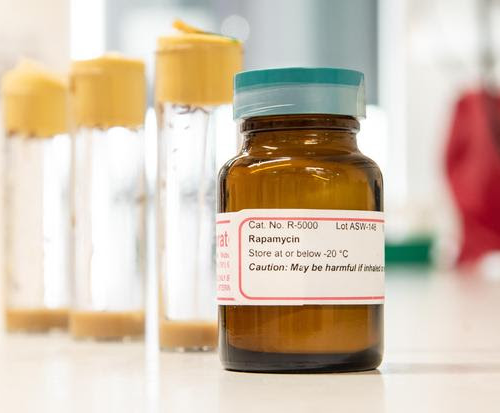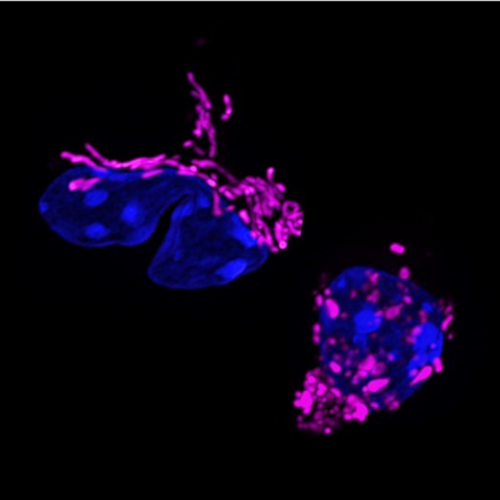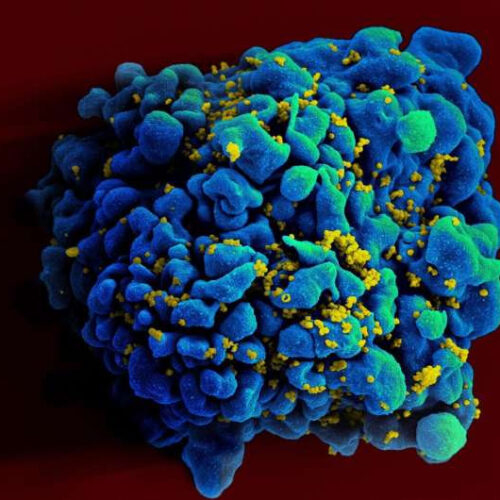Protection against an increase in pro-inflammatory factors with agePeer-Reviewed Publication MAX PLANCK INSTITUTE FOR BIOLOGY OF AGEING RAPAMYCIN IS ONE OF THE MOST PROMISING ANTI-AGEING SUBSTANCES TO DATE. RAPAMYCIN IS NAMED AFTER “RAPA NUI”, THE LOCAL TRANSLATION FOR THE EASTER ISLANDS, WHERE THE ACTIVE INGREDIENT WAS DISCOVERED AS A METABOLIC PRODUCT OF BACTERIA IN A...
Tag: <span>immune function</span>
Immune function remodeled by mitochondrial shape
JOHNS HOPKINS MEDICINE IMAGE: MITOCHONDRIAL SHAPE-SHIFTING IN THE T CELL RESPONSE. DYNAMIC CHANGES IN MITOCHONDRIAL SHAPE LINK TO T CELL FUNCTION. T HELPER 17 CELLS SHOW ELONGATED MITOCHONDRIA (COLORED IN PURPLE, LEFT). ELIMINATION OF THE MITOCHONDRIAL MEMBRANE SHAPING PROTEIN OPA1, FRAGMENTS MITOCHONDRIA IN T CELLS (RIGHT) AND ALTERS T CELL RESPONSE. CREDIT: CREDIT: IMAGE TAKEN...
NIH-funded study shows sound sleep supports immune function
NIH/NATIONAL HEART, LUNG AND BLOOD INSTITUTE Adults who cut back on sleep for 6 weeks had increased markers of inflammation Getting a consistent good night’s sleep supports normal production and programming of hematopoietic stem cells, a building block of the body’s innate immune system, according to a small National Institutes of Health-supported study in humans...
Meth use, intimate partner violence weaken immune function in HIV-positive men
by University of California, Los Angeles HIV infected H9 t cell. Credit: NIAID A study of HIV-positive black and Latino men who have sex with men finds the use of methamphetamine combined with intimate partner violence boosted the activity of genes that regulate the body’s inflammatory and antiviral functions. The combination may lead to exhaustion...
How and why does diet influence immune function?
We may take it for granted that our diet can influence the way our immune systems work. But how and why does what we eat impact the immune response? In this Honest Nutrition feature, we investigate. The immune system is a complex network Trusted Source that constantly works to protect the body from antigens, which...



